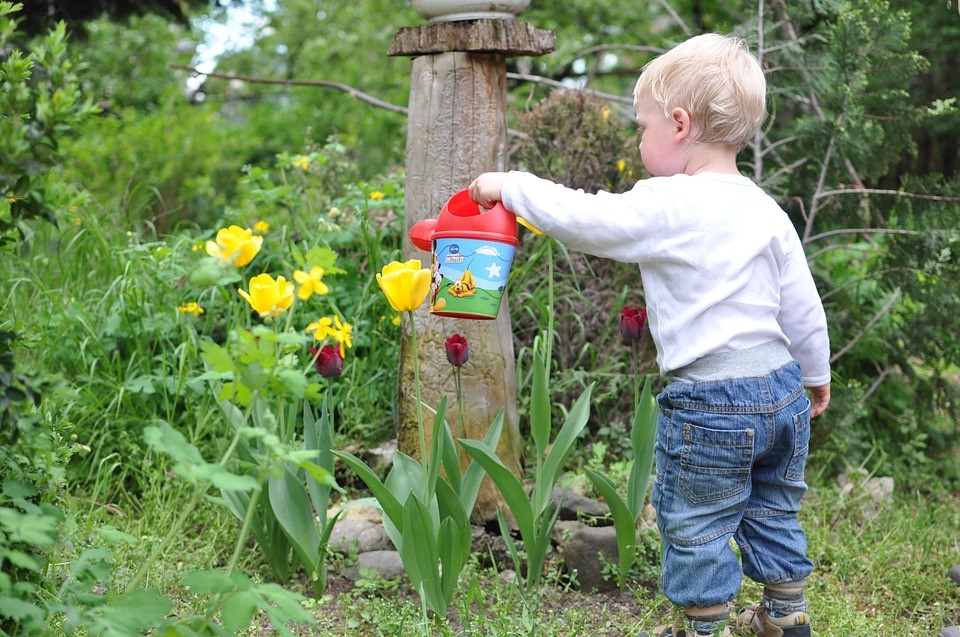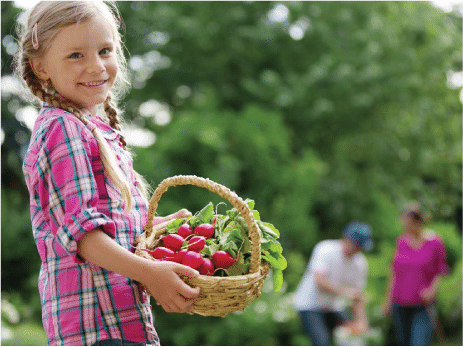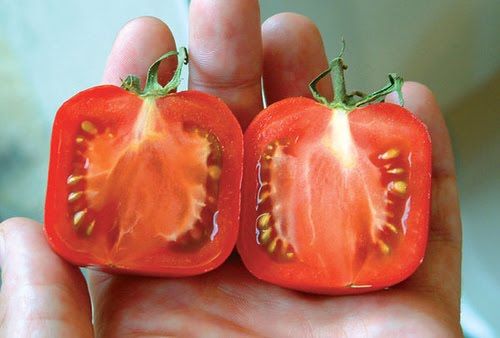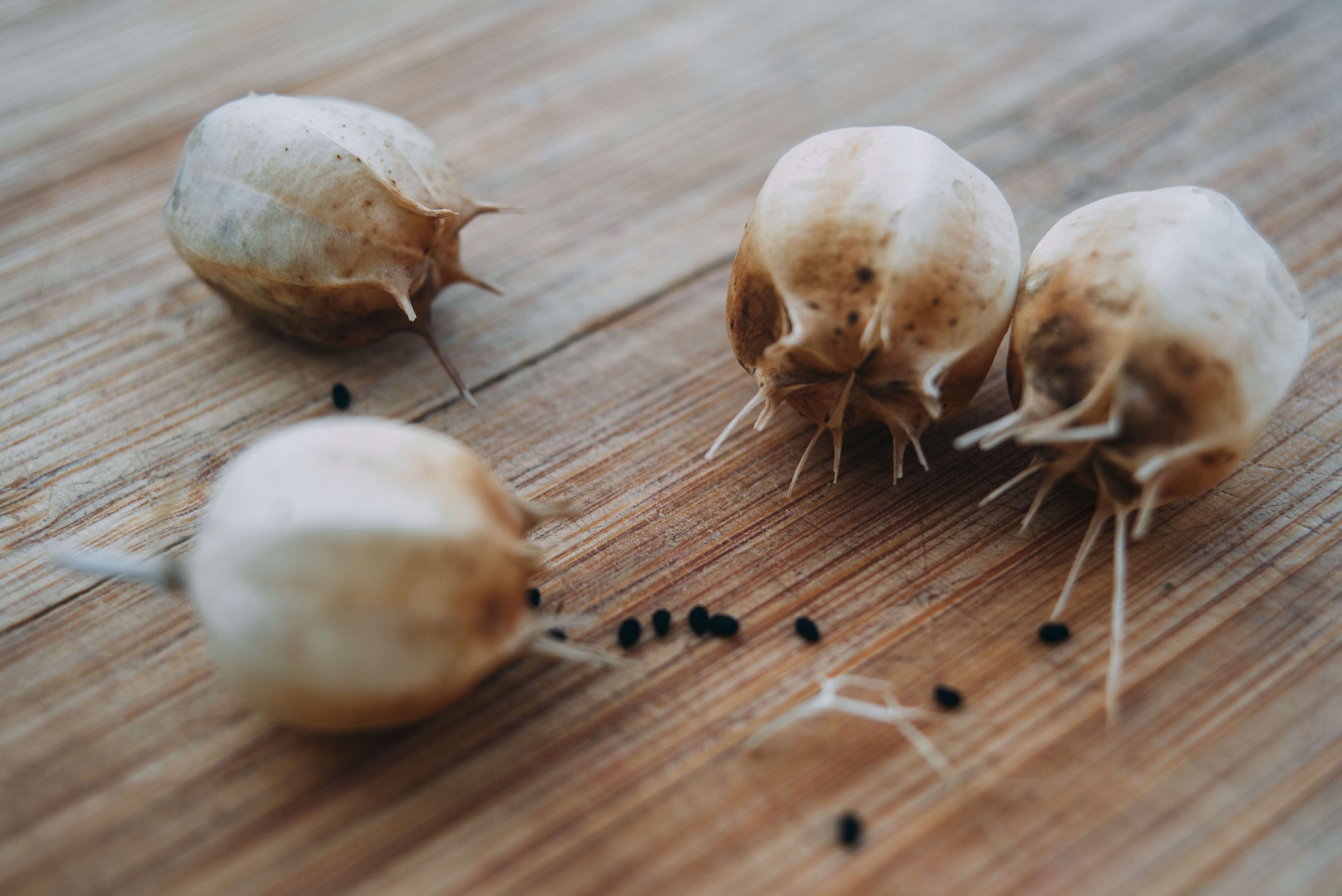Spring Advice from Coletta & Tyson Garden Centre

Now is the time to clean and repair your garden tools; book the lawn mower in for a service and check garden furniture for any rot or damage. When it is warm enough to brave the elements, treat sheds, fences and trellis with wood preservative; brushes and rollers are fine for most things, however a sprayer is well worth buying for tricky projects such as woven panels! When the weather allows, carry on clearing paths of moss and leaves
When soil conditions allow, continue to dig over beds and borders, incorporating as much organic matter as you can. Forking over not only helps prepare the soil for next year, it helps reduce pests by exposing them to hungry birds.
Get kids into the garden

Gardening isn’t just for grown-ups, just for summer or just for those with gardens. There are hundreds of ways children can have fun both in and outdoors, all year round.
From miniature gardens to planting bulbs, from weeding and digging alongside adults to having a little spot all of their own – gardening can occupy them for hours and even help you out
A good way to get children interested in gardening is to stimulate their senses with brightly coloured flowers, aromatic foliage, scented blooms, tactile leaves and fast-cropping edible plants. It may be necessary for you to explain things initially, making suggestions and putting forward ideas, but in the end the child should feel it’s his or her project. And don’t worry if you’re a beginner yourself – gardening with children is the perfect excuse to go back to the drawing board together!
Helping out

Smaller children love to get really messy, but you can turn it to your advantage by getting them to help you with digging, weeding and watering. Very small children may be scared of the creatures that live in the garden, so it’s worth spending some time explaining what they do. Soon they’ll be merrily collecting them in jars. You can explain:
- A weed is really an ‘ugly’ plant in the wrong place. Because they compete for food in the soil, it’s best to pull them up. Take care to show children which are weeds, or precious plants could come a cropper!
- Some weeds, like dandelions, have deeper roots than others and are a bit difficult to dig up. Start with those that are easily lifted
- Digging and forking the soil lets in the air which is important for the plants’ roots and for all the animals living in the soil
- To prepare the soil for a flowerbed, you have to turn over down to a depth of about 30cm and break up all the large lumps, adding organic matter, such as well rotted manure or compost
Fun Tips

- Put a small box around the fruit of a tomato when it’s little, the tomato will grow into a square – much more fun to east
- If you tape a fridge magnet letter to a young apple, then the fruit will grow around the letter. When you remove it, you have your own personalised fruit!
- Grow a ‘head’ of long, wild green grass by cutting off the foot of an old thin sock or thickish tights, tying a knot at the cut end and filling that end with compost and grass seed so you end up with a good-sized head. Knot the other end like a balloon and make a nose by pulling out a lump in the middle and fixing an elastic band around it. Cut out felt features, stick on with fabric glue and leave to dry, then sit it on a cup of water and watch your new friend grow grassy hair
Stimulate the senses

- Introduce your children to ‘noisy’ plants such as the rattling seedheads of Nigella (love in the mist) and poppies, and rustling grasses and bamboos
- Let them experience distinctive scents of Helichrysum italicum (curry plant), cherry pie heliotrope, chocolate cosmos and Melissa officinalis (lemon balm)
- Fun to touch plants include furry Stachys byzantine (lamb’s ears), sticky Petunia or prickly Eryngium
- Seeds that can be planted straight into the ground and produce fast growing, brightly-coloured flowers are best, as a few weeks can seem years to a child. Look for candytuft, nasturtiums, stocks and sweet peas and packets that say ‘easy’ or ‘good for children’. Big tree seeds, like acorns, conkers and sycamore wings are ideal for young children.
- Use a stick to dig a trench 2cm deep and place large seeds in at least 1cm apart. Small seeds should be sprinkled evenly pinch by pinch.
- Cover with soil and pat gently. Then water thoroughly with a sprinkler watering can, taking care not to disturb the seeds.
- Label the area so you remember what you have planted and where!
-
If you have a patio or roof terrace, have fun with containers – they will get children used to planning, preparing and tending, and can be moved indoors when it’s too cold outside!
Top Tips

- Ventilate the greenhouse on sunny days
- Dig over any vacant plots that have not been dug already
- Repair and re-shape law edges
- Inspect stored tubers of dahlia, begonia and canna for rots or drying out
- Prune apple and pear trees
- Start forcing rhubarb
- Plan your vegetable crop rotations for the coming season
- Keep putting out food and water for hungry birds

